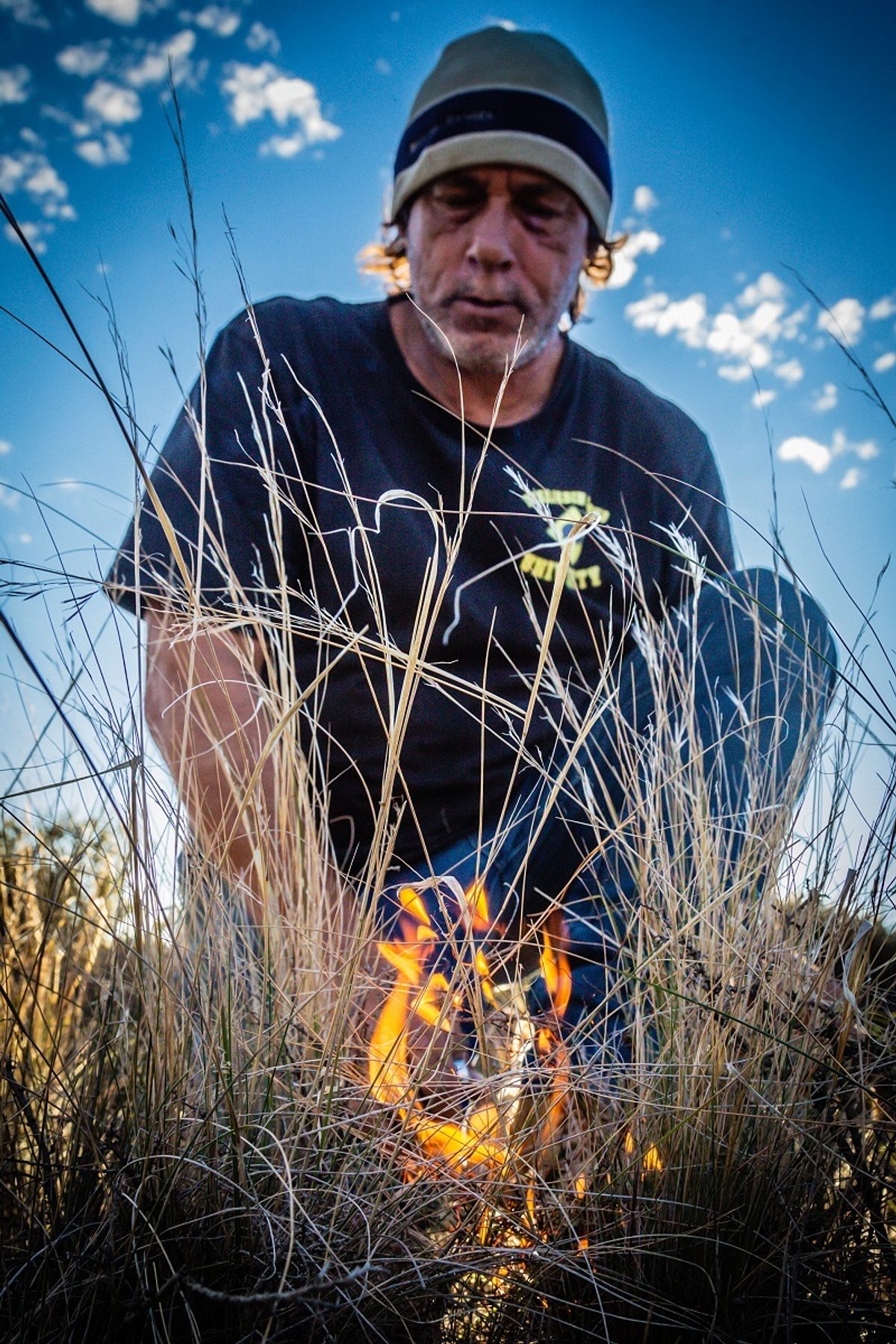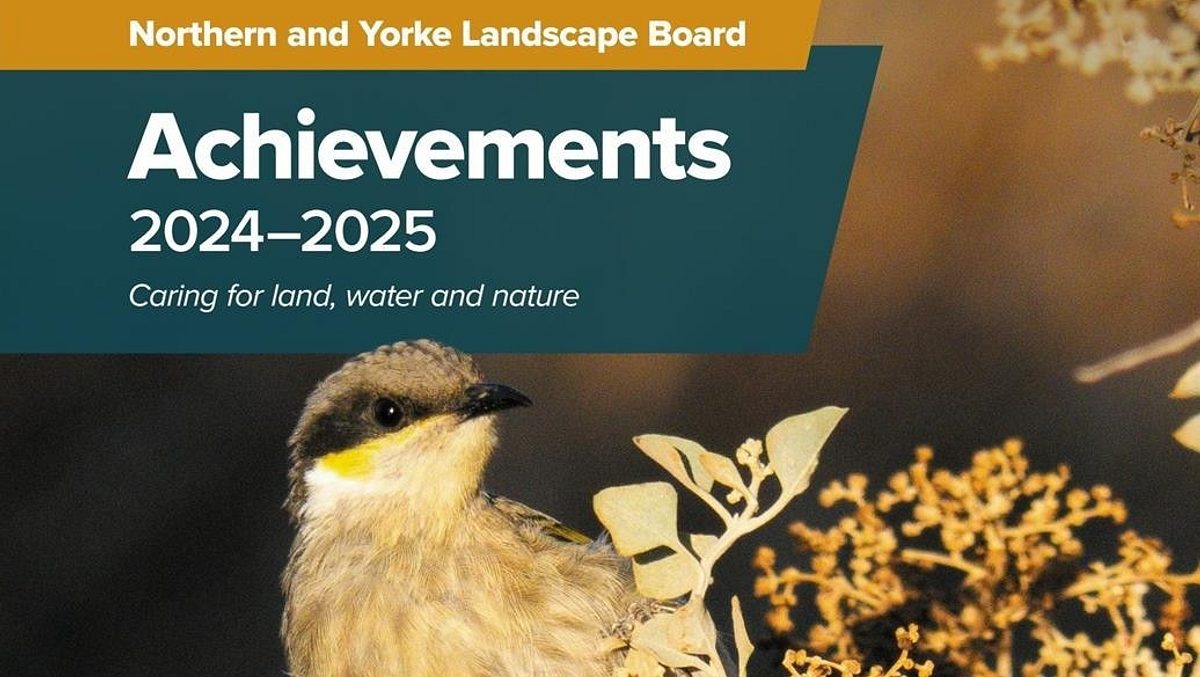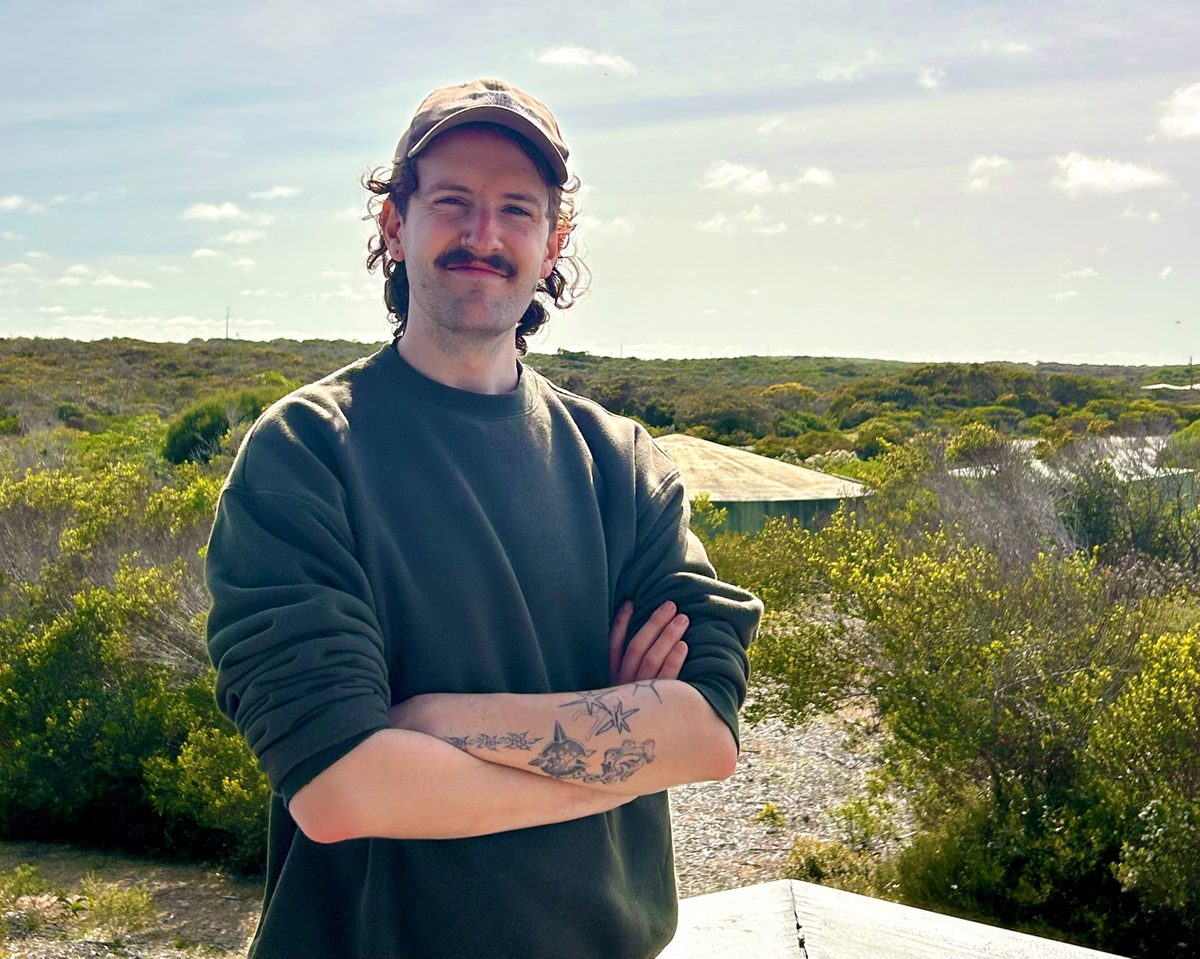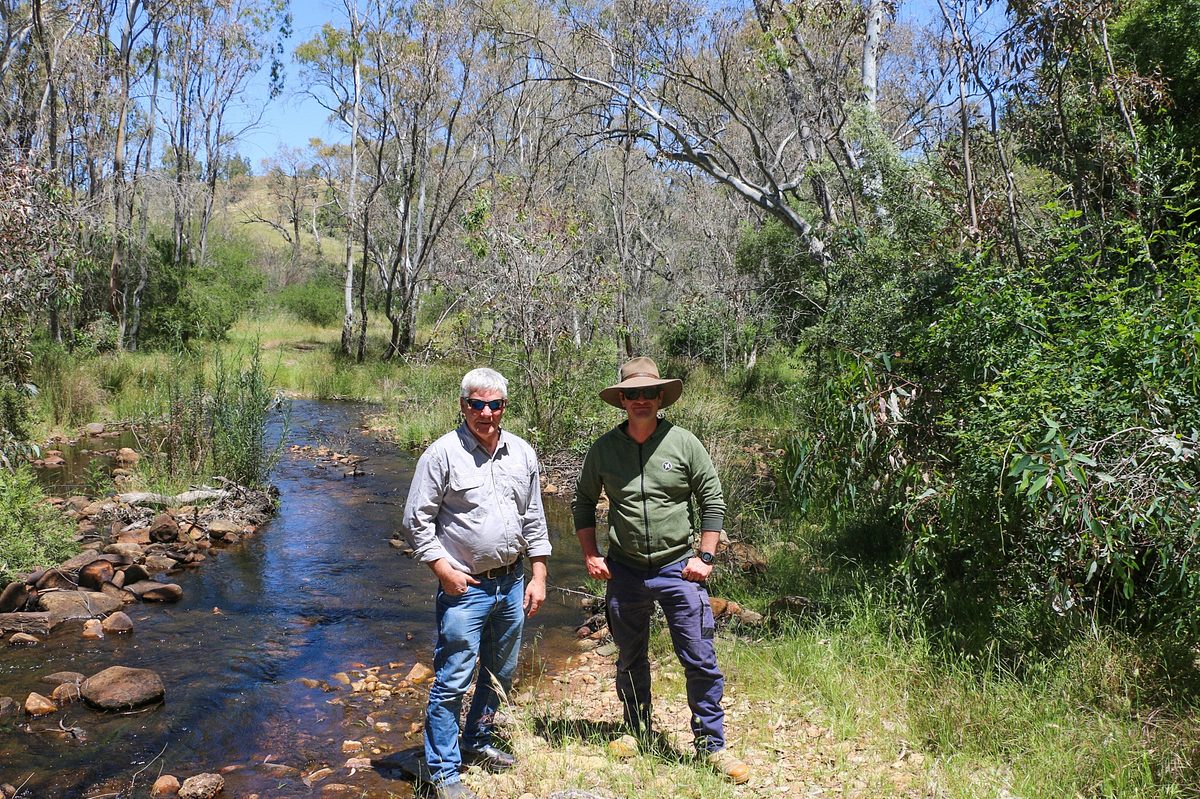Cultural burns on Narungga and Nukunu Country to reignite restorative practice
Timeless cultural burning practices returned to Narungga and Nukunu land last week with low-intensity burns at five sites on Yorke Peninsula and in the southern Flinders.
The Northern and Yorke Landscape Board is collaborating with First Nations people, Firesticks Alliance Indigenous Corporation and National Parks and Wildlife Service (NPWS) to undertake cultural burning on Country, with funding from WWF-Australia’s Regenerate Australia program.
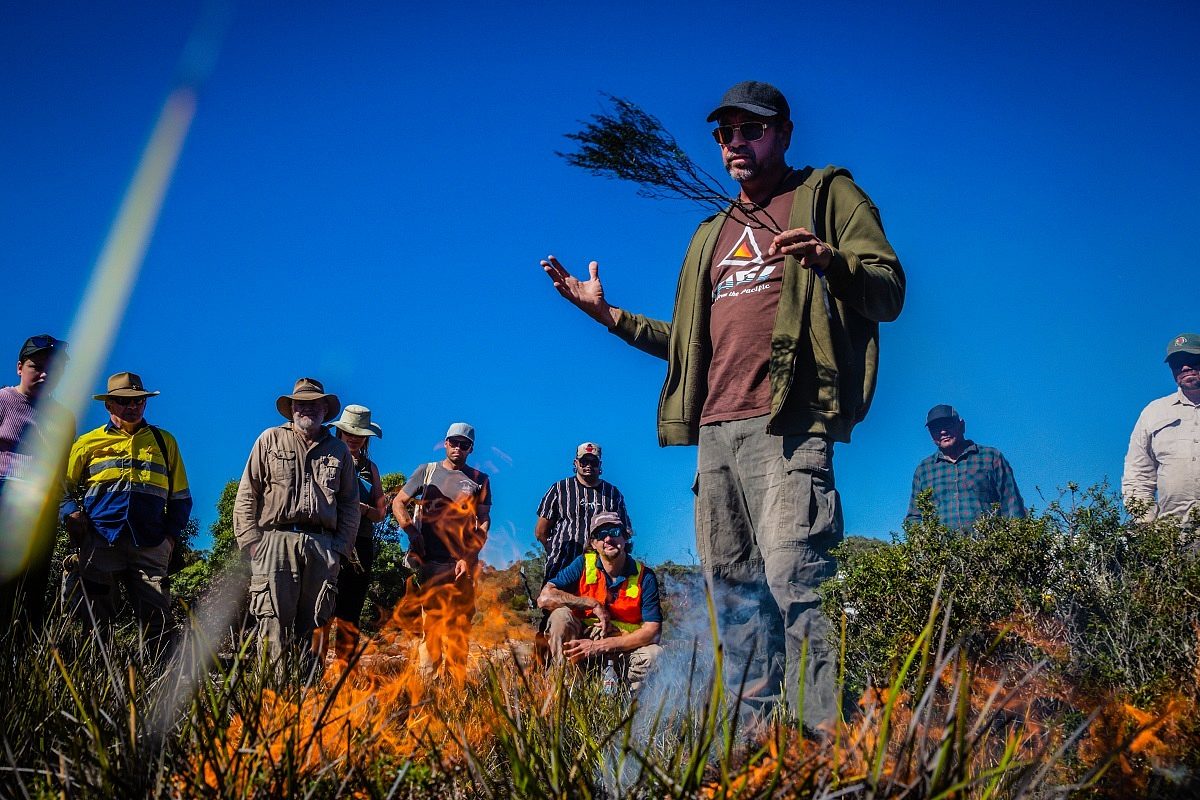
Nukunu man Travis Thomas said it was one of the most significant projects for the Nukunu people in the Aboriginal land management space in recent times.
“This project marks a return of cultural burning to our people, which was taken from us following colonisation. The use of fire is about looking after Country, connecting with Country and it’s an expression of our culture,” said Mr. Thomas. “This cultural burning project also has broader benefits to the landscape and all people. With an increase in cultural burning comes a reduction of fuel loads and a reduced risk of wildfires.”
The Board engaged Tagalaka man and Firesticks’ Lead Fire Practitioner Victor Steffensen, who holds fire workshops across Australia, to share his knowledge with First Nations people.
Also known as fire-stick farming, cultural burning is a complex practice based on low intensity, cool burns with low flame height, that destroy weeds and promote native vegetation regrowth - particularly grasses. It is a return to the traditional practices of Aboriginal communities that used fire as one of their tools to manage the land.
Narungga man Cyril Kartinyeri welcomed the return to cultural burning on Yorke Peninsula. “We are excited to share our knowledge with the wider community about how we care for Country,” he said.
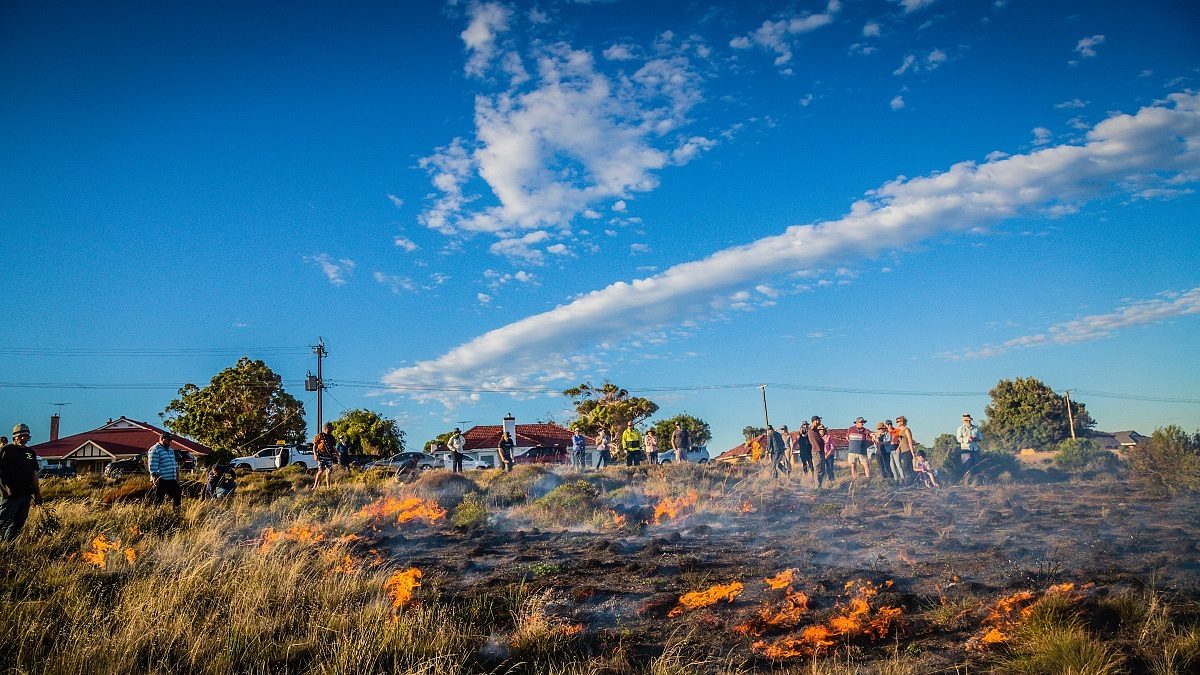
Last week’s cultural burns are the result of several months of planning, which began last year with Mr Steffensen joining Narungga and Nukunu representatives in visiting potential burning sites between Dhilba Guuranda-Innes National Park and Ardrossan on Yorke Peninsula and from Beetaloo Valley to Wilmington in the southern Flinders Ranges.
After the four-day road trip through Narungga and Nukunu Country, the Northern and Yorke Landscape Board held a workshop in Clare with attendees from the Department for Environment and Water (DEW), Country Fire Service, Metropolitan Fire Service, local government, the Native Vegetation Council and First Nations people, who have all played a part in the project’s planning and delivery.
The project culminated with five burns led by Mr Steffensen with the involvement of about 20 First Nations people. The burns were held at Dhilba Guuranda-Innes National Park, on private land near Warooka, at a grasslands site in Ardrossan, at Beetaloo Reservoir and at a property near Wilmington.
Northern and Yorke Landscape Board Aboriginal Partnerships Officer Matthew Turner said it was an exciting opportunity for the region, as cultural burning has become rare in southern Australia since colonisation.
“Nukunu and Narungga have not burnt on Country for a very long time,” he said. “They are interested in burning for a range of reasons – it’s good for Country, good for bush tucker and importantly, it’s an expression of culture.”
“Through this project we hope to build capacity in First Nations communities to continue to conduct cultural burning and help prevent large-scale wildfires in the future. The use of fire in the landscape has incredibly important cultural outcomes for Traditional Owners, and is also intended to eventually complement DEW’s prescribed burning program.”
This cultural burning project is part of Marna Banggara, an ambitious project to restore lost species to the landscape. Marna Banggara is jointly funded through the Australian Government’s National Landcare Program, the Northern and Yorke Landscape Board, the South Australian Department for Environment and Water, WWF-Australia and Foundation for National Parks & Wildlife, in partnership with the Narungga Nation Aboriginal Corporation. Other partners actively involved in developing and delivering the project include Regional Development Australia, South Australian Tourism Commission, Zoos SA, FAUNA Research Alliance, BirdLife Australia, Nature Conservation Society of SA, Primary Producers SA, Primary Industries and Regions SA, Conservation Volunteers Australia, Legatus Group, Yorke Peninsula Council, Yorke Peninsula Tourism and Scientific Expedition Group.
